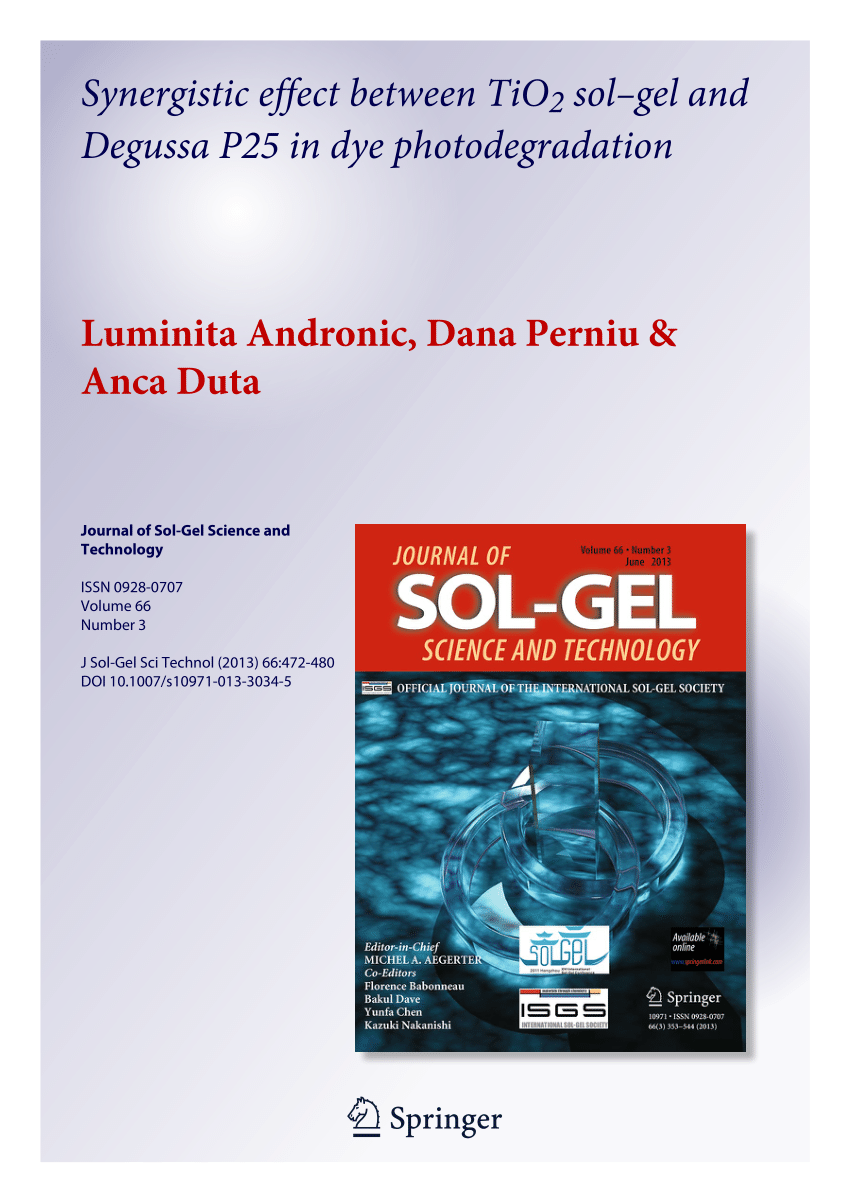Preparation of high hardness hydrophobic SiO2 anti reflective thin films from mixed acid catalyzed and alkali catalyzed sols
Abstract
High-hardness hydrophobic anti-reflection thin films were prepared by a mixture of acid-catalyzed and alkali-catalyzed sols using tetraethyl silicate (TEOS) and methyltriethoxysilane (MTES) bisilicon sources as precursors. The alkali-catalyzed SiO2 sol and the acid-catalyzed SiO2 sol modified with aliphatic alcohol ethoxylated ether (AEO) were synthesized firstly, and then the acid-catalyzed SiO2 sol was doped into the alkali-catalyzed SiO2 sol in a certain ratio to prepare the anti-reflection thin films. The effects of the doping ratio of acid-catalyzed SiO2 sol on the microstructures and properties of thin films were investigated. The experimental results show that both the transmittance and the contact angle increase and then decrease with the increasing of the doping ratio of acid-catalyzed SiO2 sol, and the surface hardness and adhesion are gradually enhanced. When the doping ratio of acid-catalyzed SiO2 sol is 30%, the average transmittance of the reflectance-reducing film is 92.51% in the wavelength range of 400–1100 nm, which is 5.17% higher than that of the blank glass. The water contact angle of the reflectance-reducing film is up to 92°, and the adhesion of the film is the highest level 0. After 100 h of UV exposure, the transmittance of the film was reduced by 1.1%.
Graphical Abstract


 求助内容:
求助内容: 应助结果提醒方式:
应助结果提醒方式:


